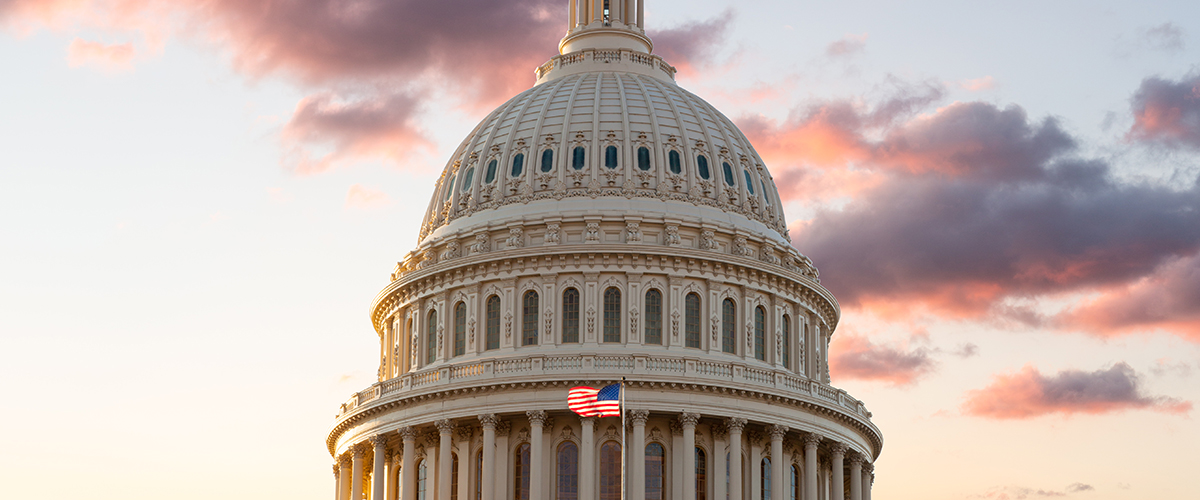Identical bills recently debuted in the House and Senate have found eager backing from the National Association of Home Builders (NAHB). These legislative initiatives are designed to boost the efficacy of the Low-Income Housing Tax Credit (LIHTC), a pivotal tool for builders to amplify the production of much-needed affordable housing units.
–
With its roots firmly planted in the Senate, the Affordable Housing Credit Improvement Act, or S. 1557, was introduced by an array of senators who span the political spectrum. Democratic Senators Maria Cantwell (Wash.), Ron Wyden (Ore.), and Republican counterparts Todd Young (Ind.), and Marsha Blackburn (Tenn.), have all rallied behind the proposal.
–
Across the aisle in the House, Reps. Darin LaHood (R-Ill.), Suzan DelBene (D-Wash.), Brad Wenstrup (R-Ohio), Don Beyer (D-Va.), Claudia Tenney (R-N.Y.), and Jimmy Panetta (D-Calif.), have launched a mirrored version of the Senate’s legislation, dubbed H.R. 3238. Garnering the support of more than 60 original co-sponsors from both sides of the aisle, the legislation illustrates the widespread bipartisan appeal.
–
The NAHB, has been vocal in praising these legislative efforts. The association believes these bills are a significant step forward in addressing the critical issue of housing affordability that plagues the nation. Alicia Huey (NAHB Chairman) stated, “The Affordable Housing Credit Improvement Act will finance over 2 million additional multifamily units over the next decade. Given the nearly 11 million renter households experiencing severe cost burdens, there has never been a more urgent need to enact this legislation.”
–
If enacted, the Affordable Housing Credit Improvement Act promises a suite of transformative enhancements:
–
- A 50% increase in the 9% credit allocations generally earmarked for new constructions.
- States will be prohibited from enforcing special approvals that distinguish affordable rental housing from other multifamily projects.
- A 30% basis boost will be provided for properties situated in rural and Native American areas.
- Reduction of the 50% “financed by” threshold to 25% for private activity bonds, thereby paving the way for a higher number of bond deals. These are tax-exempt bonds issued on behalf of state or local governments designed to finance special projects.






